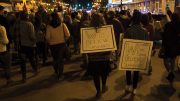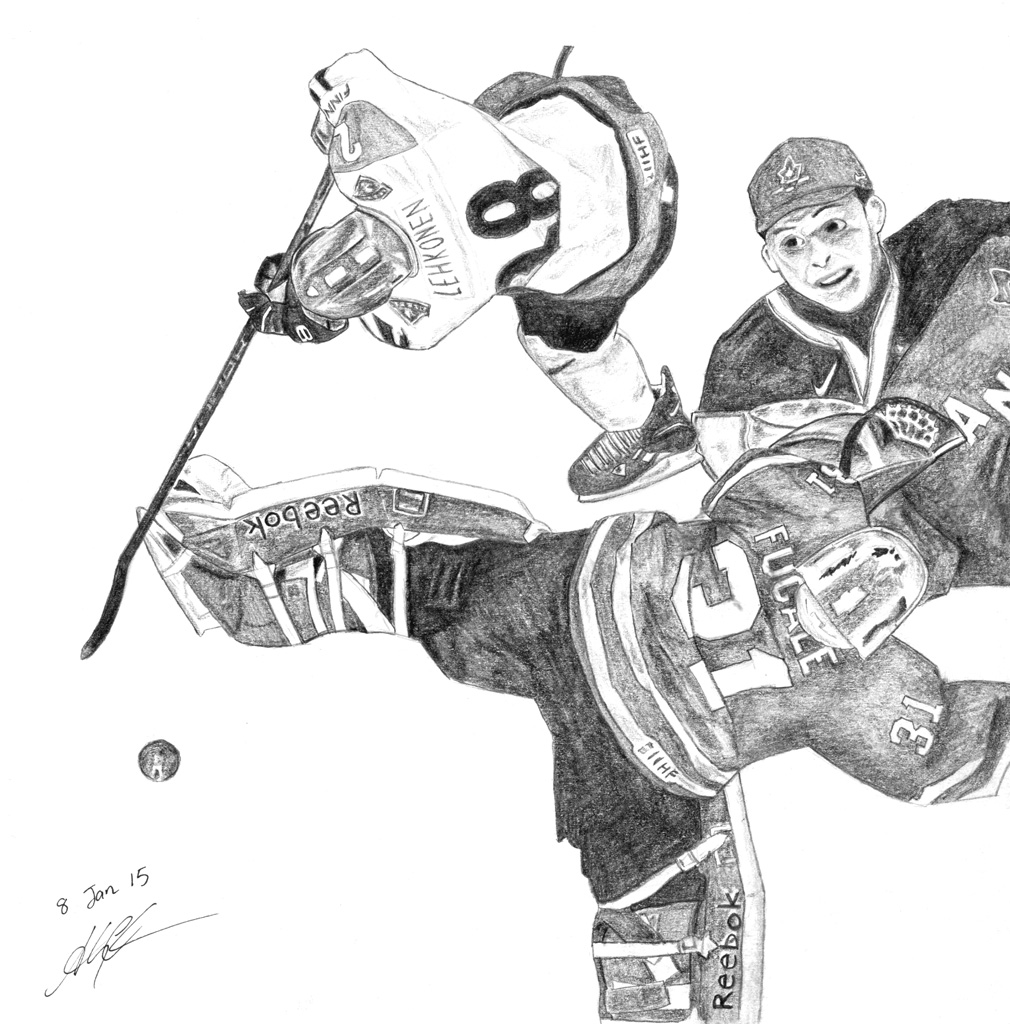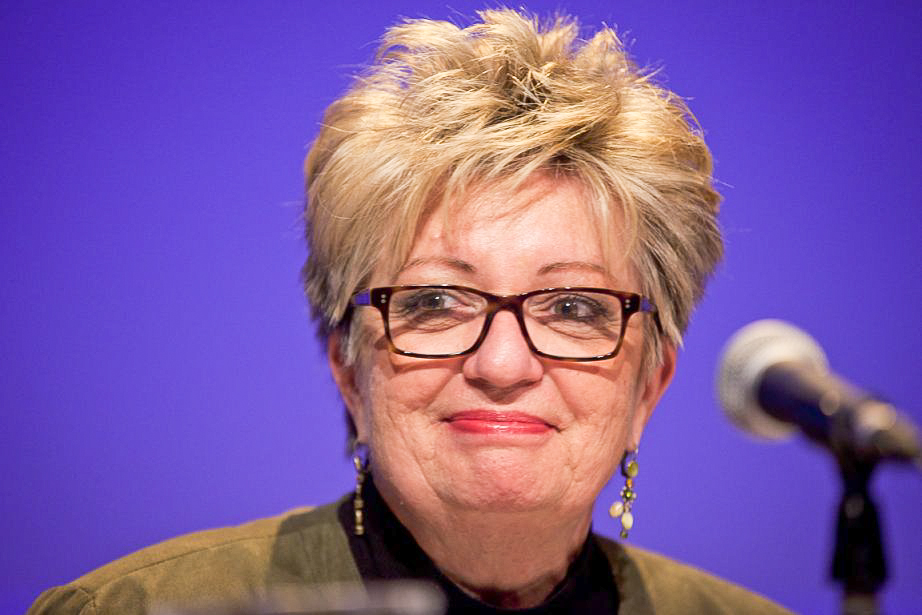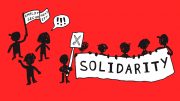On June 15, the Vancouver Canucks lost their chance at the Stanley Cup. Immediately following the upset, people took to the streets, and as we all know it didn’t end well. People began to vandalize, assault and loot — quite un-Canadian behaviour. To be blunt, we were embarrassed. Very embarrassed. The international community couldn’t believe the 2010 Winter Olympic host could act so foolishly; but there it was, plastered all over TV and on the Internet.
The riot was such a poor reflection of Canada that Vancouverites immediately began taking charge. They not only organized mass cleanups via Facebook, but a website was created to identify the culprits by uploading pictures from the riot. Few charges were laid, but the rioters are now immortalized as the criminals they are. But before we talk about individuals, ask yourself: ould you have acted any differently?
If asked hypothetically, many of the rioters would likely have said they would not act in such a way. Maybe they think they would be like Robert MacKay, who stood up to the mob. Specifically, he protected the Hudson’s Bay Co.
department store from vandals. In fact, a number of people can be seen on video defending others’ property; but MacKay — as seen in a now famous video — was quickly surrounded by about 10 people who beat him to the ground and kicked him until someone pushed the cowards off. Luckily, he got away with only scrapes and bruises. Injuries aside, I’d like to say that’s how I would have acted; but if decades of psychology research have taught us anything, it’s that we don’t always do what we expect to.
Vancouverite Nathan Kotylak, a 17-year-old Olympic hopeful, turned himself in after he was photographed holding a burning shirt up to a police cruiser’s open gas tank. After an emotional apology, he explained that he didn’t know what came over him, saying: “I was caught up in the moment.” Believing that bad things must happen simply because they’re done by bad people is called the “fundamental attribution error.” This is evident when considering the “Stanford Prison Experiment,” in which ordinary individuals were randomly assigned to play the role of prisoners or guards in a fake prison. The experiment had to be terminated after six days — originally planned for 14 — because the participants were too into their roles.
Of course many of the instigators were misguided anarchists, but that doesn’t explain everyone. Camille Cacnio, a University of British Columbia student, stole two pairs of pants, claiming that the mob influenced her — “everything just seemed so right.” Twenty-two-year-old Dustin Anderson was caught on tape punching a firefighter in the face. Alex Prochazka, a professional mountain biker, was wearing a shirt from his sponsor Oakley while seen participating in the riot. Oakley has since dropped his contract. Fools, yes, but explaining everyone away as merely “bad apples” simply isn’t accurate.
Perhaps Canadians rightfully earned a reputation for rationality and courtesy, but the world saw that these labels can be meaningless. Luckily, we could count on the volunteers who exemplified the true Canadian character by fixing the city, helping to identify criminals and praising the Vancouver police. Those who didn’t get caught must now live with the shame and regret of their choices.
Lee MacPherson is a volunteer contributor to the Manitoban.




